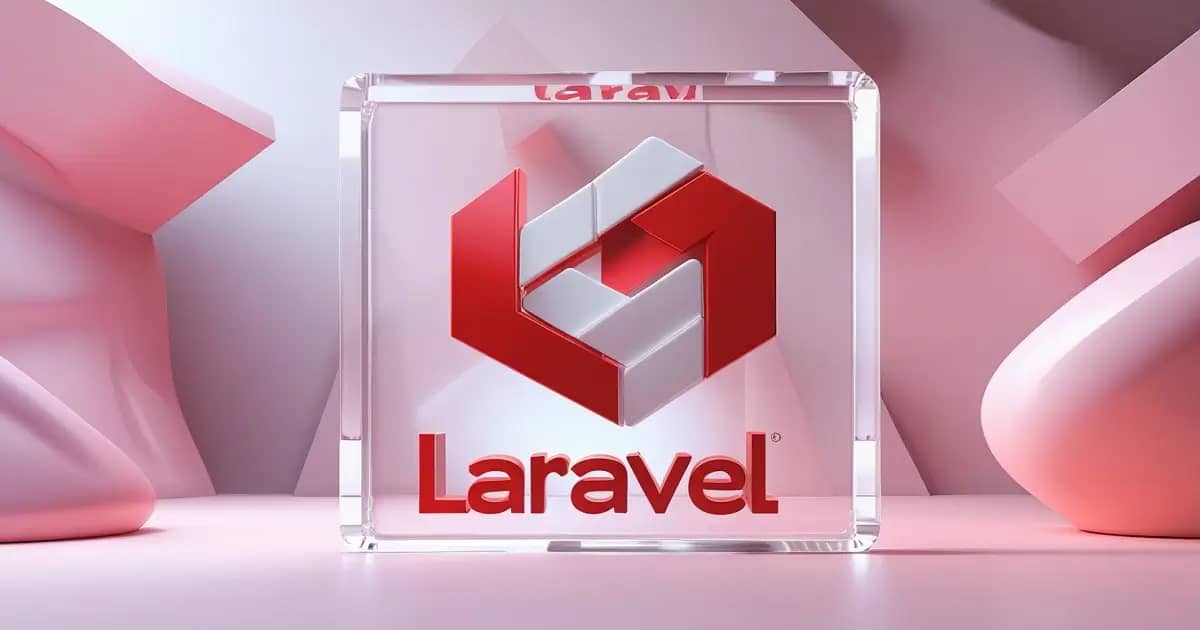In the fast-paced world of web development, staying ahead of the curve is crucial. As we step into 2025, the combination of Laravel and TypeScript has emerged as a powerhouse for building modern, scalable, and maintainable web applications. Laravel, with its elegant syntax and robust backend capabilities, pairs seamlessly with TypeScript, a statically typed superset of JavaScript that brings clarity, predictability, and enhanced developer productivity to the frontend.
In this comprehensive guide, we’ll explore the Best Practices for Laravel and TypeScript Integration in 2025, using Vite as the build tool of choice. Whether you’re a seasoned developer or just starting out, this guide will equip you with actionable insights, practical examples, and a clear roadmap to master this integration.
Why Laravel and TypeScript?
Before diving into the Best Practices for Laravel and TypeScript Integration, let’s take a moment to understand why this combination is so powerful.
- Laravel: A PHP framework that simplifies backend development with features like routing, authentication, and database management. It’s loved for its developer-friendly syntax and extensive ecosystem. You can always learn more from its official Laravel documentation
- TypeScript: A superset of JavaScript that introduces static typing, making your code more predictable, easier to debug, and ideal for large-scale applications. Typescript documentation is the reference hub for typescript.
Together, Laravel and TypeScript offer the best of both worlds: the backend power of Laravel and the frontend reliability of TypeScript. By integrating these two technologies, you can build applications that are not only functional but also maintainable and scalable.
Why Use Vite in 2025?
In 2025, Vite has solidified its position as the go-to build tool for modern web development. It’s faster, more efficient, and easier to configure than traditional tools like Laravel Mix. Here’s why Vite is a game-changer:
- Blazing Fast Development: Vite uses native ES modules to serve your code, resulting in near-instantaneous hot module replacement (HMR).
- Optimized Production Builds: Vite leverages Rollup under the hood to create highly optimized production builds.
- First-Class TypeScript Support: Vite natively supports TypeScript, making it a perfect fit for our integration.
With Vite, you can streamline your development workflow and focus on writing code rather than waiting for builds to complete.
Setting Up Your Laravel Project with TypeScript and Vite
Let’s start by setting up a new Laravel project and integrating TypeScript with Vite. This is the foundation for implementing the Best Practices for Laravel and TypeScript Integration.
Step 1: Install Laravel
If you haven’t already, create a new Laravel project using the following command:
composer create-project laravel/laravel laravel-typescript-2025
Navigate to your project directory:
cd laravel-typescript-2025
Step 2: Install Vite
Next, install Vite and the necessary plugins:
npm install --save-dev vite laravel-vite-plugin
Step 3: Configure Vite Create a vite.config.ts file in the root of your project:
// typescript
import { defineConfig } from 'vite';
import laravel from 'laravel-vite-plugin';
export default defineConfig({
plugins: [
laravel({
input: ['resources/css/app.css', 'resources/js/app.ts'],
refresh: true,
}),
],
});
This configuration tells Vite to process your CSS and TypeScript files.
Step 4: Set Up TypeScript
Install TypeScript and the necessary types:
npm install --save-dev typescript @types/node
Create a tsconfig.json file:
// json
{
"compilerOptions": {
"target": "ES2020",
"module": "ESNext",
"moduleResolution": "node",
"strict": true,
"esModuleInterop": true,
"skipLibCheck": true,
"forceConsistentCasingInFileNames": true,
"outDir": "public/build",
"rootDir": "resources/js"
},
"include": ["resources/js/**/*"]
}
This configuration ensures that TypeScript compiles your code into the public/build directory.
Step 5: Update Your Blade Template
In your resources/views/welcome.blade.php, include the compiled JavaScript file:
// html
<!DOCTYPE html>
<html lang="en">
<head>
<meta charset="UTF-8">
<meta name="viewport" content="width=device-width, initial-scale=1.0">
<title>Laravel + TypeScript + Vite</title>
@vite(['resources/css/app.css', 'resources/js/app.ts'])
</head>
<body>
<h1>Welcome to Laravel and TypeScript in 2025!</h1>
</body>
</html>
Step 6: Write Your First TypeScript Code
Create a resources/js/app.ts file and add some TypeScript code:
// typescript
const message: string = "Hello from TypeScript!";
console.log(message);
Step 7: Run the Development Server
Start the Vite development server:
npm run dev
Visit your Laravel application in the browser, and you should see the message logged in the console.
Best Practices for Laravel and TypeScript Integration
Now that your project is set up, let’s dive into the Best Practices for Laravel and TypeScript Integration in 2025. These practices will help you build applications that are efficient, maintainable, and scalable.
1. Organize Your Codebase
A well-organized codebase is crucial for maintainability. Here’s a suggested structure:
resources/
js/
components/ # Reusable components
pages/ # Page-specific logic
utils/ # Utility functions
app.ts # Entry point
2. Use TypeScript Interfaces for API Responses
When interacting with your Laravel backend, define TypeScript interfaces for your API responses. This ensures type safety and improves code readability.
// typescript
interface User {
id: number;
name: string;
email: string;
}
async function fetchUser(): Promise<User> {
const response = await fetch('/api/user');
const data = await response.json();
return data;
}
3. Leverage Vite’s HMR for Faster Development
Vite’s Hot Module Replacement (HMR) allows you to see changes in real-time without refreshing the page. Take full advantage of this feature to speed up your development process.
Read Also: Master Laravel Framework: Expert Tips & Best Practices 2025
4. Use TypeScript with Laravel Validation
When validating forms, use TypeScript to define the shape of your form data:
// typescript
interface LoginForm {
email: string;
password: string;
}
const form: LoginForm = {
email: 'user@example.com',
password: 'password123',
};
5. Optimize Production Builds
Vite’s production builds are highly optimized by default, but you can further enhance them by enabling features like minification and tree-shaking:
// typescript
export default defineConfig({
plugins: [
laravel({
input: ['resources/css/app.css', 'resources/js/app.ts'],
refresh: true,
}),
],
build: {
minify: 'terser',
},
});
6. Use TypeScript with Laravel Mixins
If you’re using Laravel Mixins (e.g., for Blade components), you can extend them with TypeScript for better type safety:
// typescript
import { defineComponent } from 'vue';
export default defineComponent({
props: {
message: {
type: String,
required: true,
},
},
});
7. Write Unit Tests for TypeScript Code
Testing is a critical part of any application. Use tools like Jest or Vitest to write unit tests for your TypeScript code:
// typescript
import { describe, expect, it } from 'vitest';
import { add } from './math';
describe('add function', () => {
it('should add two numbers', () => {
expect(add(1, 2)).toBe(3);
});
});
8. Stay Updated with the Latest Trends
The tech landscape is constantly changing. Keep an eye on updates to Laravel, TypeScript, and Vite to ensure you’re using the latest features and best practices.
Conclusion
The Best Practices for Laravel and TypeScript Integration in 2025 provide a solid foundation for building modern web applications. By leveraging Vite as your build tool, you can enjoy faster development cycles, optimized production builds, and a seamless development experience. Follow the best practices outlined in this guide to create applications that are not only functional but also maintainable and scalable.
We hope you found this guide helpful! If you have any questions, suggestions, or experiences to share, feel free to leave a comment below. Let’s continue the conversation and learn from each other. Happy coding! 🚀







